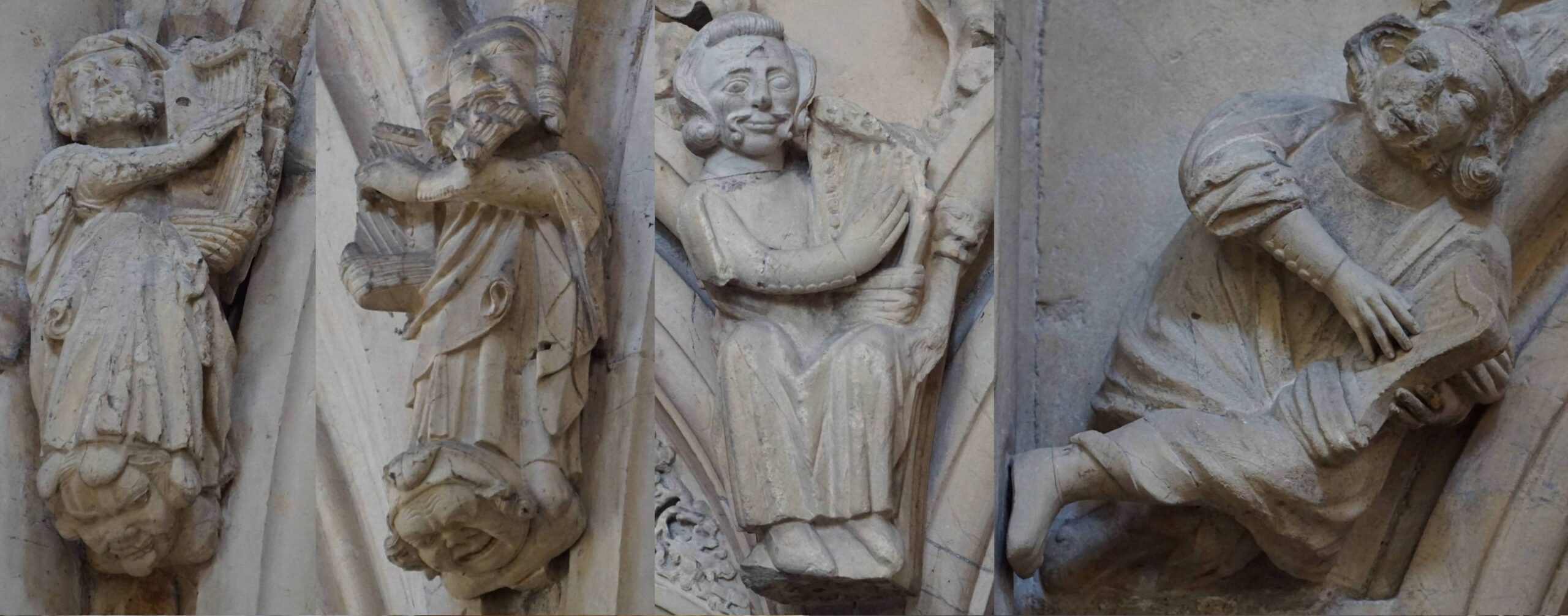 In the middle ages, minstrels were regularly accused by church commentators of vanity, idleness, inflaming carnal desire, lechery, and leading others into vice. In the 12th century, Bishop of Chartres John of Salisbury expressed the view that all minstrels should be exterminated. Because of this reputation, the church wanted to ensure that its most sacred music was different in kind to minstrel music, and restated several times that only the voice and organ were allowed in the liturgy, not instruments of minstrelsy. Still some writers complained bitterly of secular styles of music corrupting singers’ voices in sacred chant.
In the middle ages, minstrels were regularly accused by church commentators of vanity, idleness, inflaming carnal desire, lechery, and leading others into vice. In the 12th century, Bishop of Chartres John of Salisbury expressed the view that all minstrels should be exterminated. Because of this reputation, the church wanted to ensure that its most sacred music was different in kind to minstrel music, and restated several times that only the voice and organ were allowed in the liturgy, not instruments of minstrelsy. Still some writers complained bitterly of secular styles of music corrupting singers’ voices in sacred chant.
How can we account for the contradiction between clergy’s invectives against minstrels and the innumerable quantity of medieval and renaissance paintings in which gitterns, shawms, harps, fiddles, lutes – the instruments of minstrels – are shown in worship of the Virgin Mary and in praise of the infant Jesus? How can we reconcile the critiques of clerics against minstrels with their regular appearance in religious manuscripts, their likenesses carved in churches, and their employment by the church? This article seeks answers through the evidence of medieval Christian moralists; church councils; music treatises; religious paintings; records of church ceremonies; and the relationship of the church with organised minstrelsy.

Top row, left to right: church singers (f. 171v); bishop (f. 31r); pilgrim (f. 32r); nun (f. 51v).
This row, left to right, players of: harp (f. 174v); pipe and tabor (f. 164v);
organistrum, also called the symphony (f. 176r); portative organ (f. 176r).









